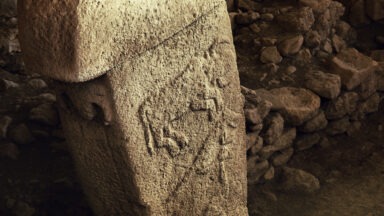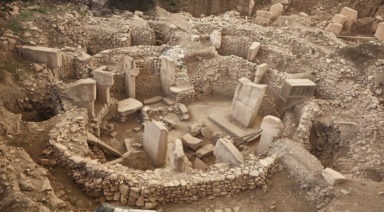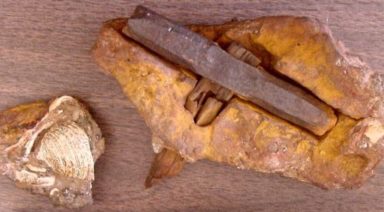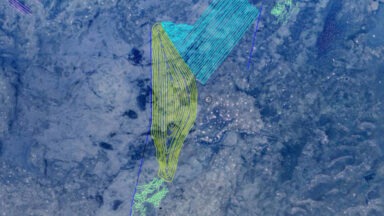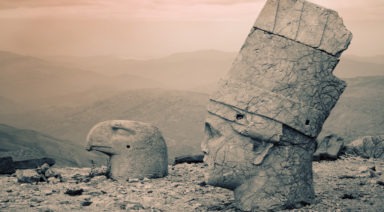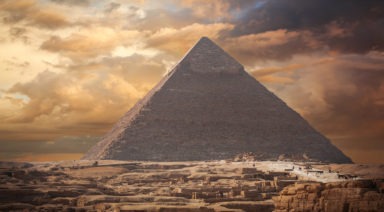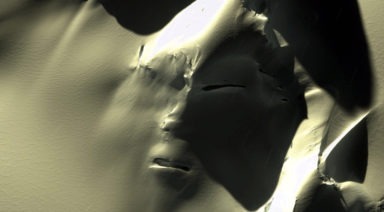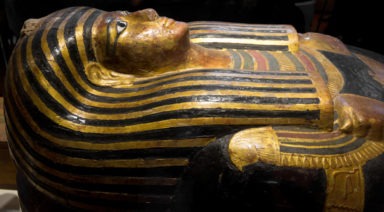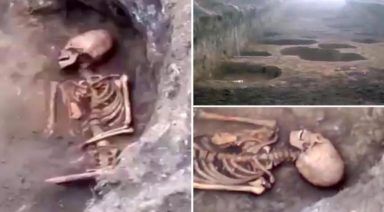The Bosnian Pyramid; Hoax or National Treasure?
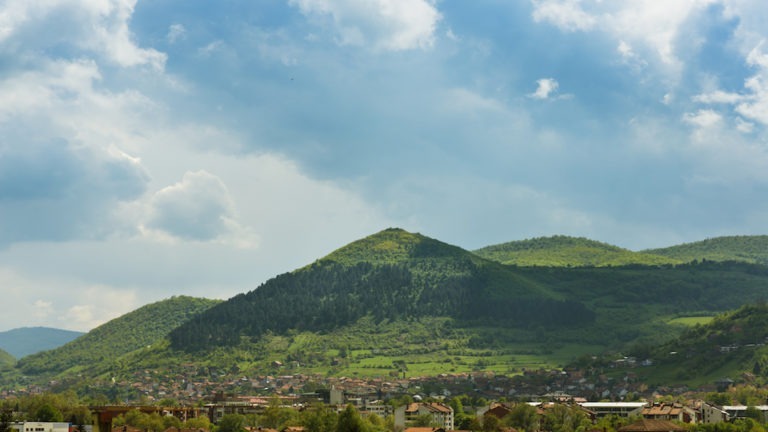
The central mountains of Bosnia and Herzegovina are home to a handful of peaks that are the subject of fierce debate and nationalistic pride. Called the “Bosnian Pyramids,” the landforms are found near Visoko, a town located 20 miles from Sarajevo, with a population of 41,000.
Semir Osmanagich is the Bosnian native, author, and amateur archaeologist who, while on a 2005 book tour, noticed the pyramidal mountains surrounding Visoko. Despite being covered with native forest and vegetation, these peaks had four precise sides that met at a point at their summits — some were more identifiable as others, but Osmanagich believes that all were produced by humans. The largest, named the “Pyramid of the Sun” by Somanagich, has ruins at the summit believed to be associated with medieval kings.
By comparing the forms to known pyramids, including those in Egypt, China, and Central America, Osmanagich discovered that the Bosnian structures shared characteristics with those on other continents, including a northern orientation, construction materials created or altered by tool users, and inner chambers. The Bosnian pyramids’ northern orientation is more precise than the Egyptian Giza pyramids’ alignment.
At the Pyramid of the Sun, investigators discovered aggregate blocks under a meter of soil — rectangular and roughly six-sided, the blocks appeared to be made from a type of concrete. Researchers determined that the pyramid concrete was superior (less than one percent water absorption) to modern aggregates (plus or minus three percent water absorption).
Physicists and electrical engineers measured an electrical “beam” emitted from the top of the Sun Pyramid — a 13-foot wide field of electromagnetic energy at 28 kHz, not commonly found in nature. With miles of underground tunnels, multiple chambers, and flowing water, Osmanagich believes the formations were designed to produce specific types of energy. Similar theories have developed in regard to pyramids on other continents — researchers believe that chambers within the Great Pyramid of Giza were designed to conduct and store electromagnetic energy.
Ancient and Modern Habitation
Bosnia and Herzegovina, part of the Balkan peninsula, is home to rich evidence of Paleolithic and later cultures. Archaeologists have identified strata, or layers dating back to 12,000 B.C.E., including Paleolithic, Neolithic, Bronze and Iron ages. Rome claimed the region, then called “Illyricum,” in roughly 168 B.C.E., renaming the area “Dalmatia.” Archaeological digs have yielded Celtic ceramics, Roman glass, and burial jewelry from a variety of cultures as well as Roman roads and fortresses.
Like the ancient “cradle of civilization” in present-day Iran and Iraq, the Balkan peninsula has a complex history of continual ethnic struggle and invasion. The Mesopotamian region is also home to ancient pyramidal structures linked to Sumerian and Babylonian cultures, called “ziggerauts.”
Evidence and documentation show the area was raided by Germanic tribes, Slavs, Huns, Ostrogoths by the 12th century. Fifteenth century Ottoman invaders introduced Islamic religion and controlled the area for 400 years. After several 19th century uprisings, the Ottomans surrendered the region to the Austrian-Hungarian empire, and was eventually renamed “Yugoslavia” in 1929.
During WWII, the Nazis unleashed genocide against Bosnian muslims. In 1992, the Serbian ethnic group carried out another genocide against Bosnian muslims. The conflict included Croatian forces, and resulted in present-day political and territorial structures.
Hoax or Bosnian National Treasure?
Despite so much compelling evidence that the pyramidal structures are indeed man-made, archaeological academia have declared Osmanagich’s findings a hoax, declaring the pyramidal formations to be a “pseudo-archaeological explanation for natural formations” by the European Association of Archaeology.
At the same time, Bosnia and Herzegovina citizens have embraced the newly-imagined pyramids as national treasures. As reported in Smithsonian Magazine, “Bosnian officials — including a prime minister and two presidents — have embraced them. [The] Sarajevo-based news media and hundreds of thousands of ordinary Bosnians [are] drawn to the promise of a glorious past and more prosperous future for their battered country.”

Pyramid of the sun, Visoko, Bosnia and Herzegovina
Semir Osmanagich discusses the Bosnian Pyramids in this episode of Open Minds, watch the full video
Ancient Complex at Karahan Tepe Older than Gobekli Tepe

New discoveries have been made at the ancient site of Karahan Tepe — this sister site of Göbekli Tepe may have just revealed its hidden origins and proved an ancient civilization is even older than once thought.
Archeologists working at the ancient site of Karahan Tepe, about 30 miles east of its sister site Göbekli Tepe, have found stunning carved heads, standing stones, buttresses, and what appear to be snakes prominently carved into the earth. The dig is being led by the University of Instanbul and in their official report point out that, not only are these and other neolithic structures the beginning of architecture but also held a symbolic purpose. Writing, “[T]hey also bear traces of the conceptual transformation of the space. It is during this period when the building was instilled to mean something other than a space to live in, whereby the construction of the first shelters was followed by that of ‘special structures.'”
Science and history writer Andrew Collins, has visited and studied Karahan Tepe since 2004 and has seen these special structures up close.
“The main structures were all what they call ‘subterranean,’ they would cut deep down into the bedrock. One was a huge elliptical stone enclosure,” Collins said. “Clearly, this was an amphitheater for ceremonial ritual activity. Yet this connected via a hole that is 70 cm in diameter into a very strange room containing 11 stone pillars, ten of which are actually carved out of the bedrock itself, and sticking out of the wall of this room that I call the Pillar Shrine, is this elongated neck with a head on the end of it — this carved stone head. This confined room is somewhere initiates or people looking for connection or communication with some kind of otherworldly force or influence or diety would come to do their attunement in altered states of consciousness.”


